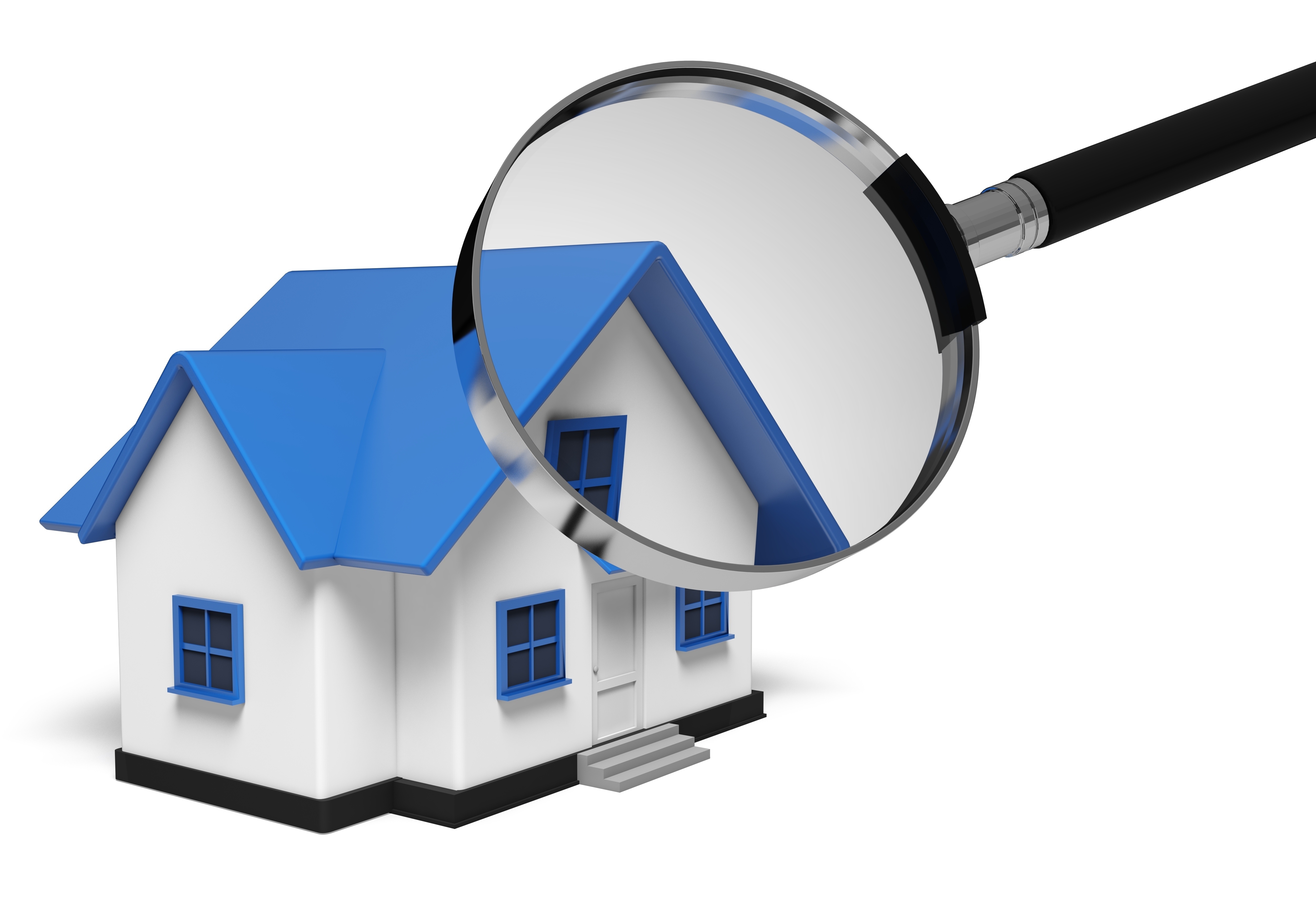
Real Property Appraisals: A PrimerGetting a home is the largest investment some people could ever consider. It doesn't matter if a main residence, a seasonal vacation home or one of many rentals, purchasing real property is a detailed financial transaction that requires multiple parties to see it through. The majority of the participants are quite familiar. The most familiar face in the transaction is the real estate agent. Next, the bank provides the financial capital necessary to fund the exchange. And ensuring all details of the transaction are completed and that a clear title transfers from the seller to the buyer is the title company. So, who's responsible for making sure the real estate is worth the purchase price? In comes the appraiser. We provide an unbiased opinion of what a buyer might expect to pay — or a seller receive — for a property, where both buyer and seller are informed parties. A licensed, certified, professional appraiser from CSR Appraisals will ensure, you as an interested party, are informed. The inspection is where an appraisal startsTo ascertain the true status of the property, it's our responsibility to first complete a thorough inspection. We must physically see features, such as the number of bedrooms and bathrooms, the location, amenities, etc., to ensure they indeed exist and are in the condition a reasonable buyer would expect them to be. To ensure the stated size of the property has not been misrepresented and document the layout of the house, the inspection often includes creating a sketch of the floorplan. Most importantly, the appraiser looks for any obvious features - or defects - that would affect the value of the house. Once the site has been inspected, we use two or three approaches to determining the value of real property: a paired sales analysis, a replacement cost calculation, and an income approach when rental properties are prevalent. 
Replacement CostThis is where the appraiser gathers information on local construction costs, labor rates and other elements to figure out how much it would cost to replace the property being appraised. This value often sets the maximum on what a property would sell for. The cost approach is also the least used predictor of value. 
Sales ComparisonAppraisers are intimately familiar with the subdivisions in which they work. They thoroughly understand the value of specific features to the people of that area. Then, the appraiser looks up recent transactions in close proximity to the subject and finds properties which are 'comparable' to the subject being appraised. By assigning a dollar value to certain items such as square footage, additional bathrooms, hardwood floors, fireplaces or view lots (just to name a few), we adjust the comparable properties so that they are more accurately in line with the features of subject property.
In the end, the appraiser reconciles the adjusted sales prices of all the comps and then derives an opinion of what the subject could sell for. When it comes to valuing features of homes in Jersey City and Hudson, CSR Appraisals can't be beat. This approach to value is commonly awarded the most weight when an appraisal is for a home purchase. Valuation Using the Income ApproachA third method of valuing a house is sometimes employed when an area has a reasonable number of rental properties. In this scenario, the amount of revenue the real estate yields is taken into consideration along with other rents in the area for comparable properties to derive the current value. The Bottom LineAnalyzing the data from all applicable approaches, the appraiser is then ready to stipulate an estimated market value for the property at hand. The estimate of value at the bottom of the appraisal report is not always what's being paid for the property even though it is likely the best indication of what a property is worth. Prices can always be driven up or down by extenuating circumstances like the motivation or urgency of a seller or 'bidding wars'. Regardless, the appraised value is typically employed as a guideline for lenders who don't want to loan a buyer more money than they could get back in the event they had to sell the property again. At the end of the day, an appraiser from CSR Appraisals will guarantee you discover the most fair and balanced property value, so you can make wise real estate decisions. |